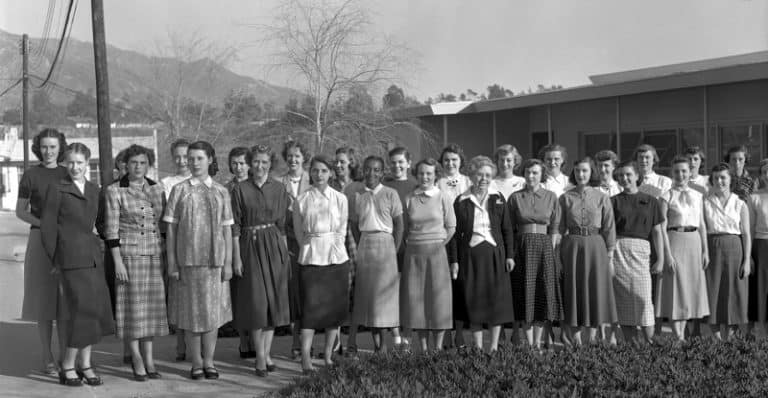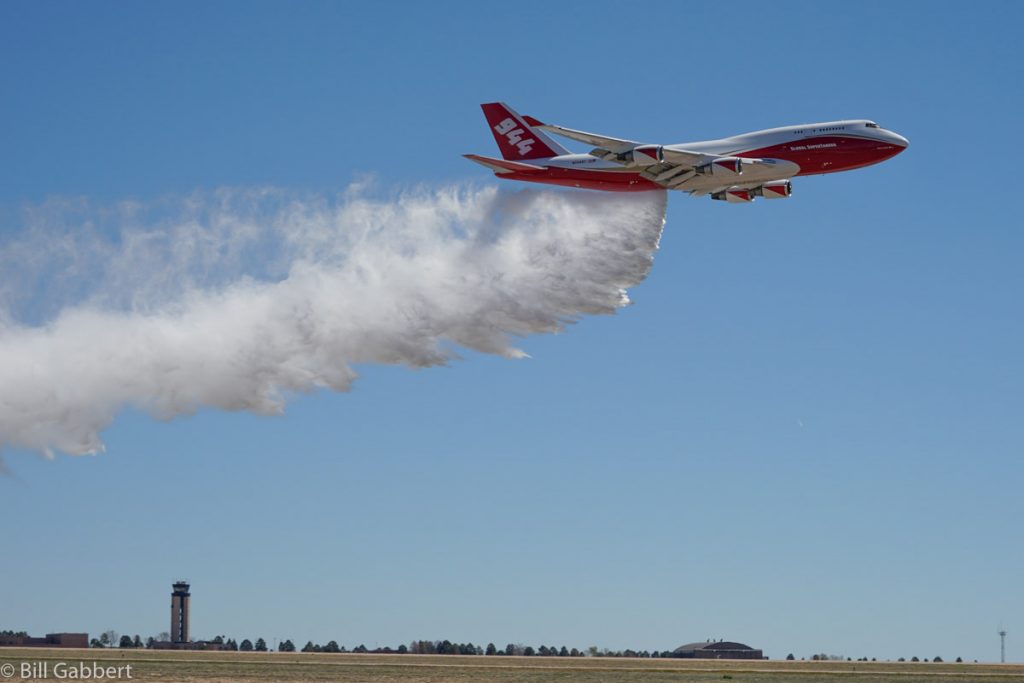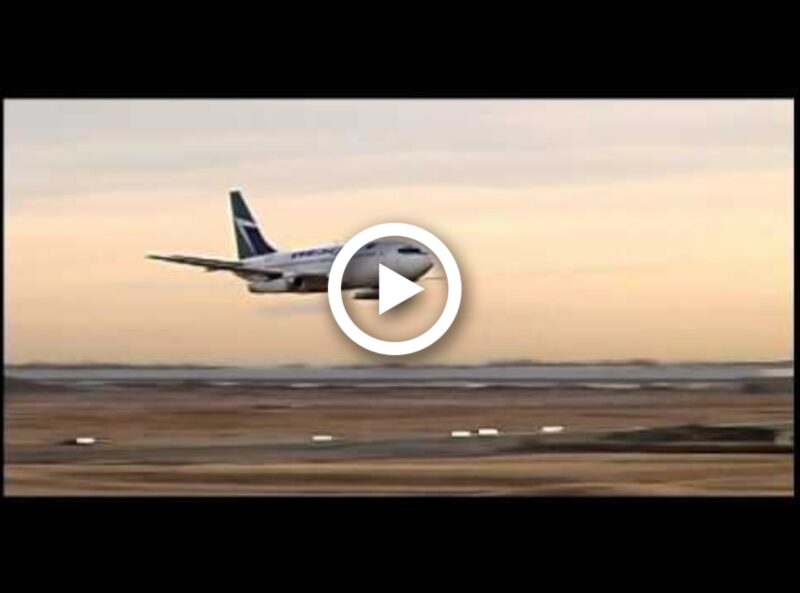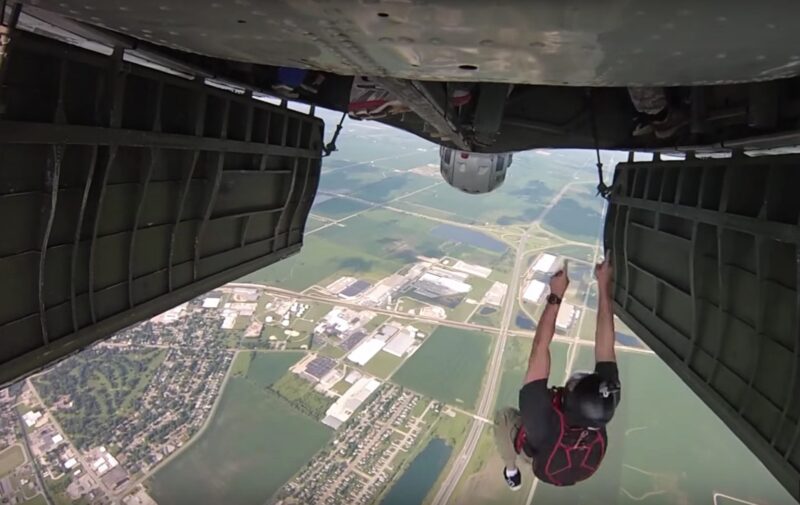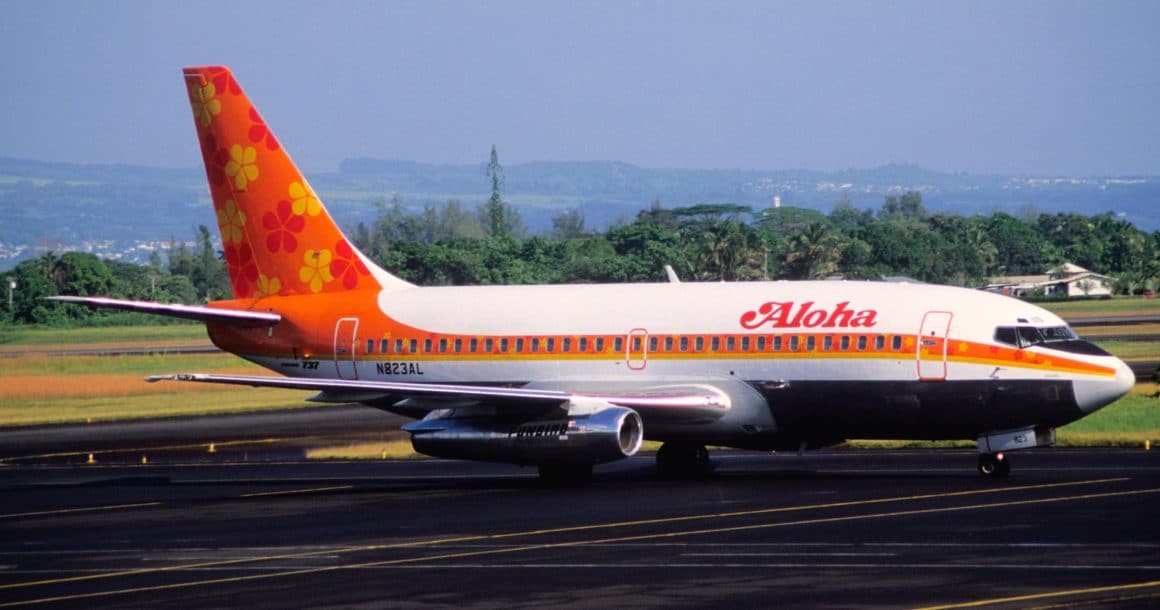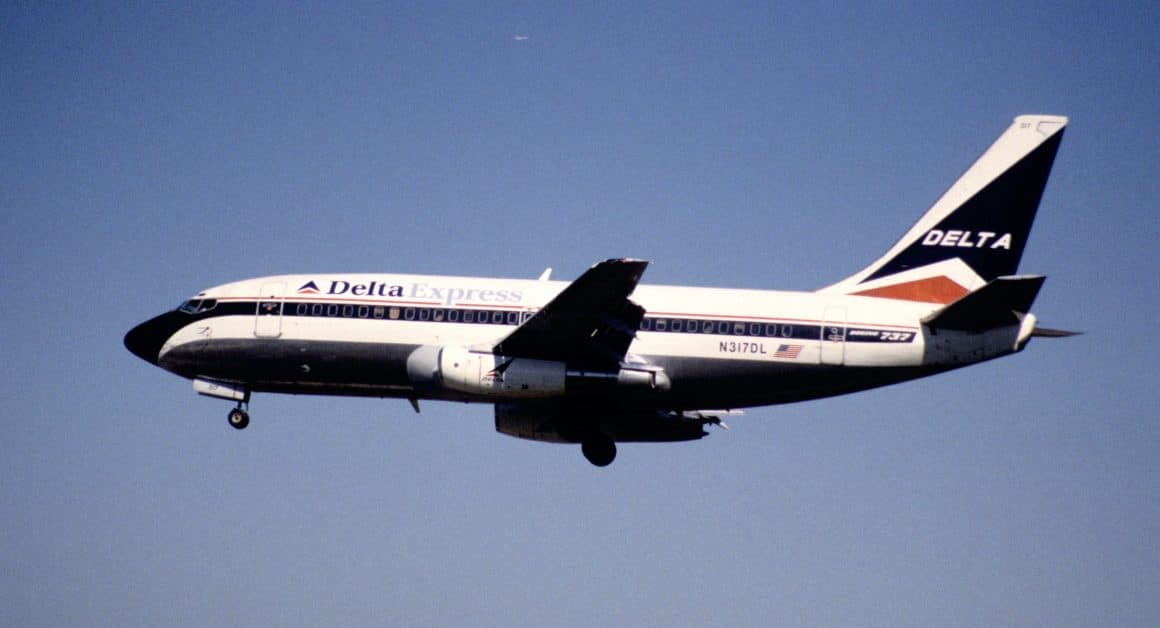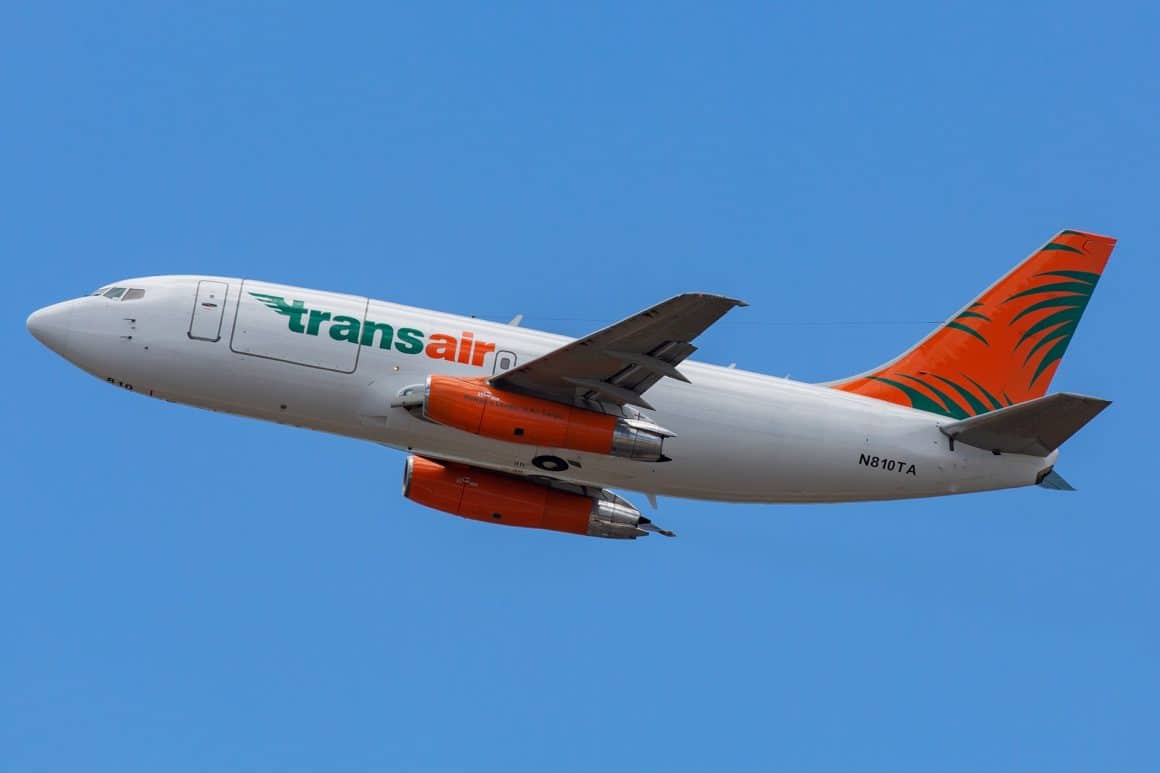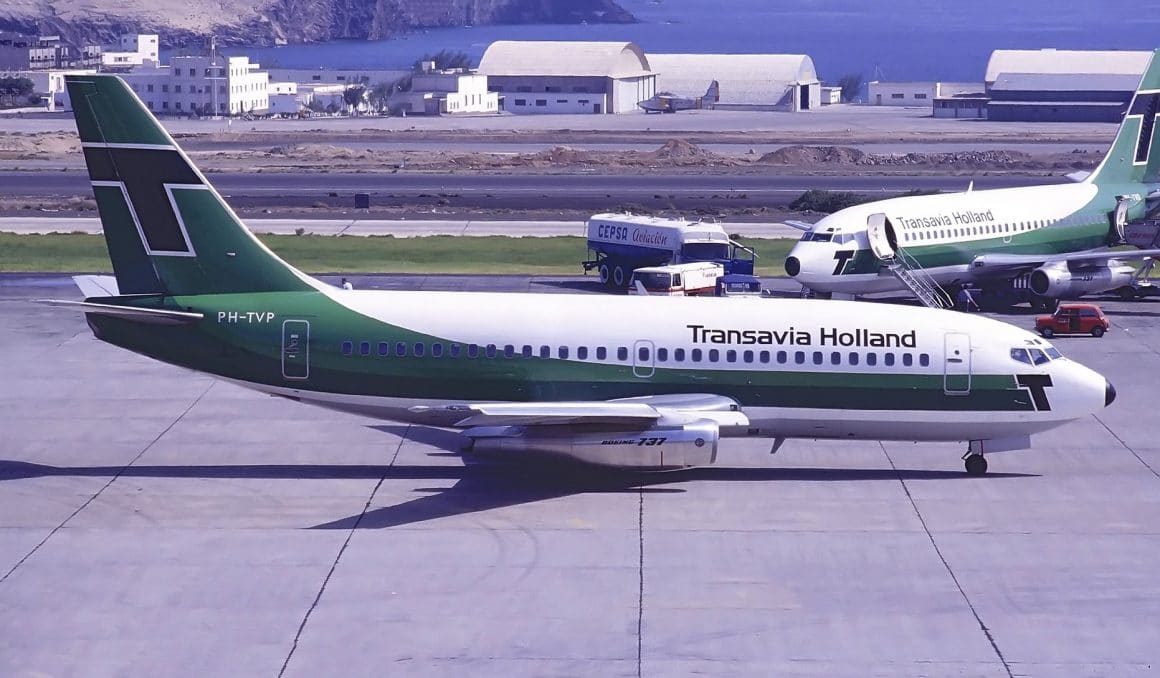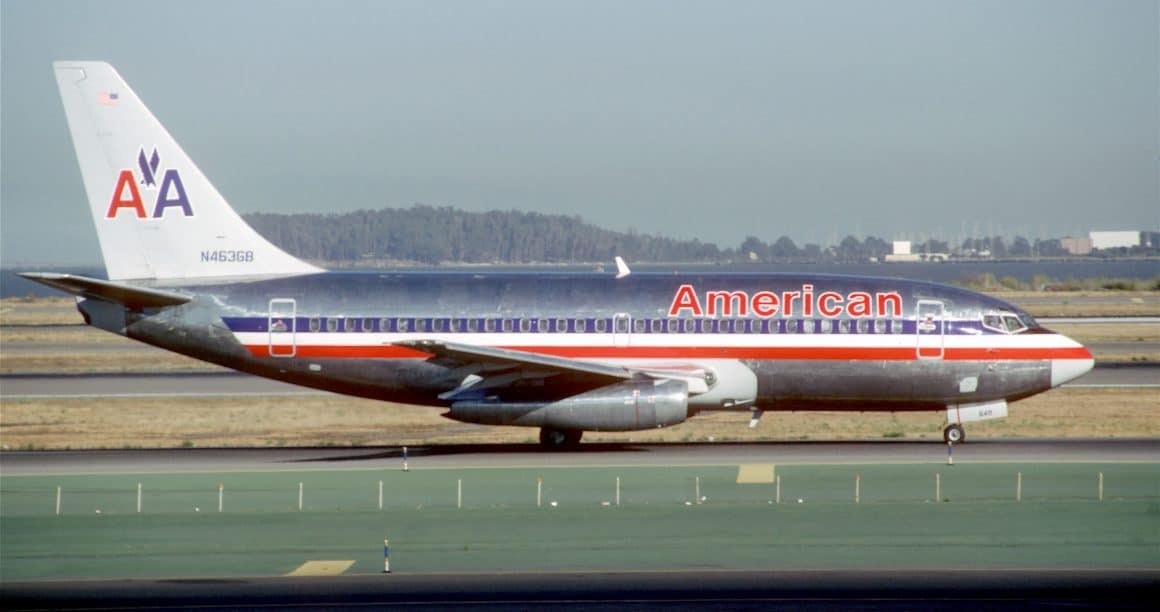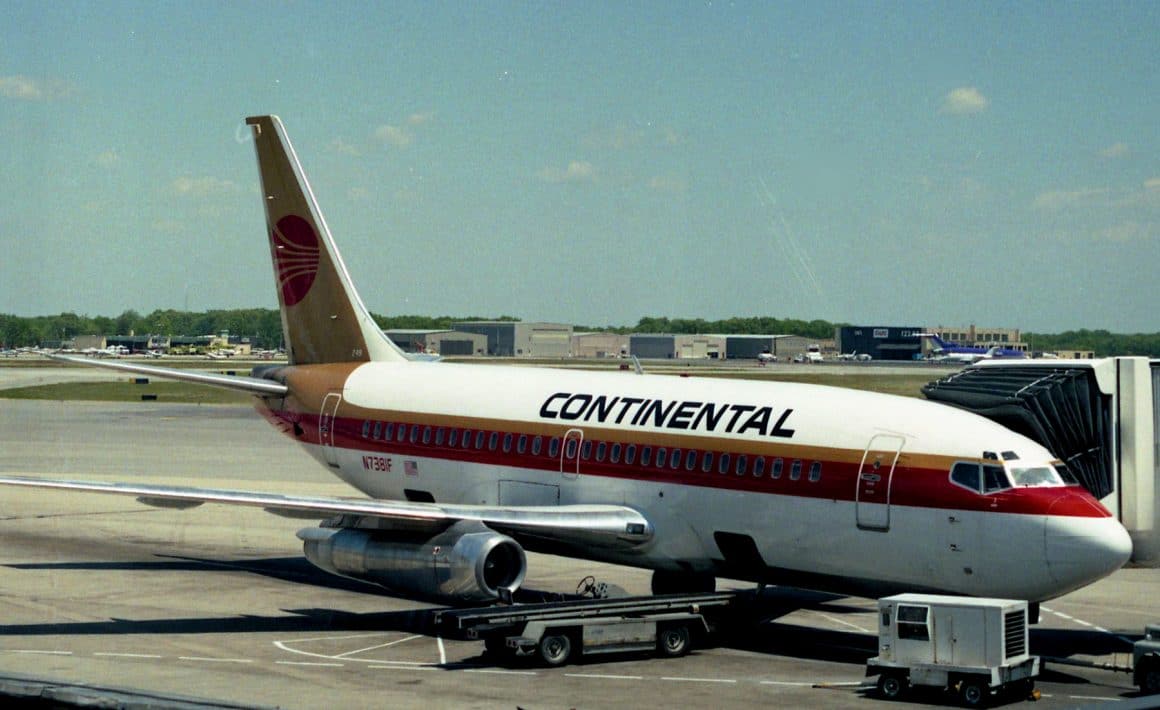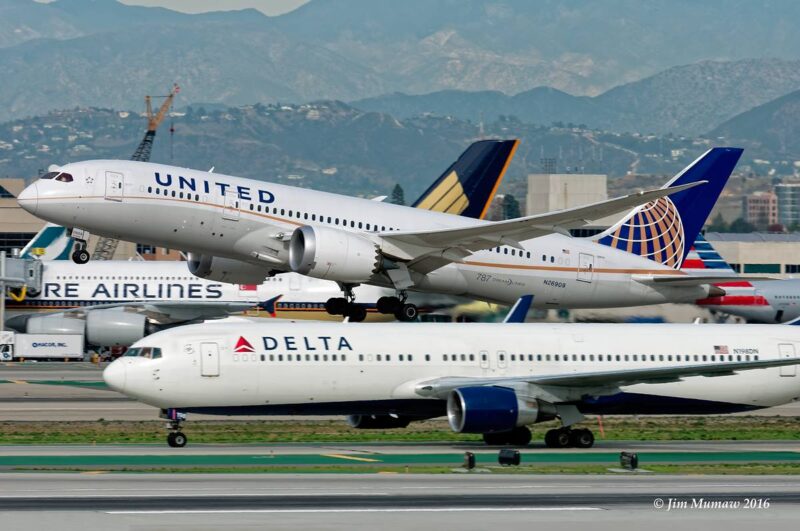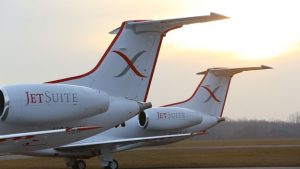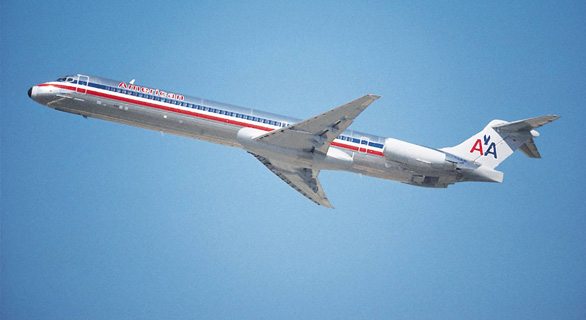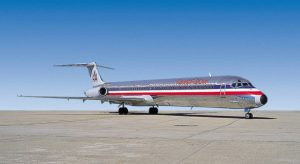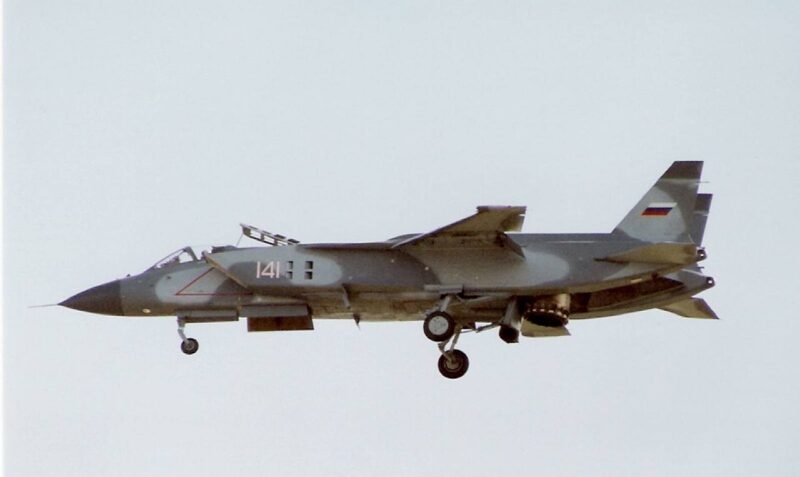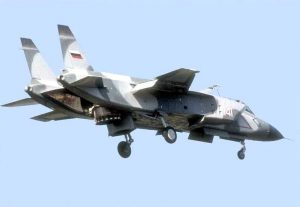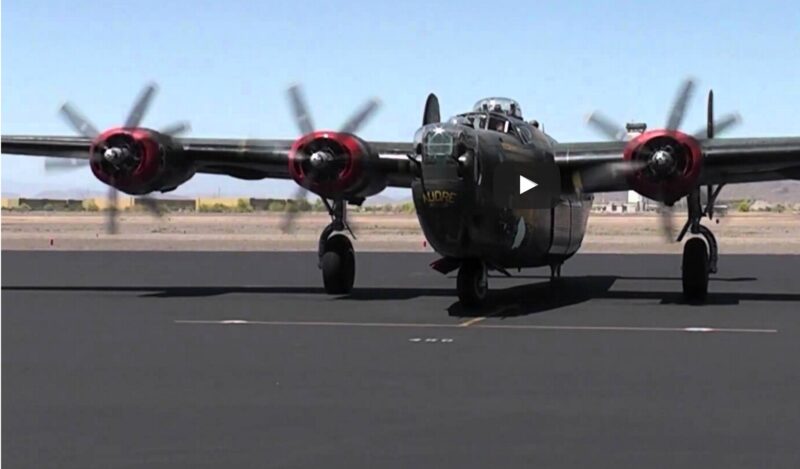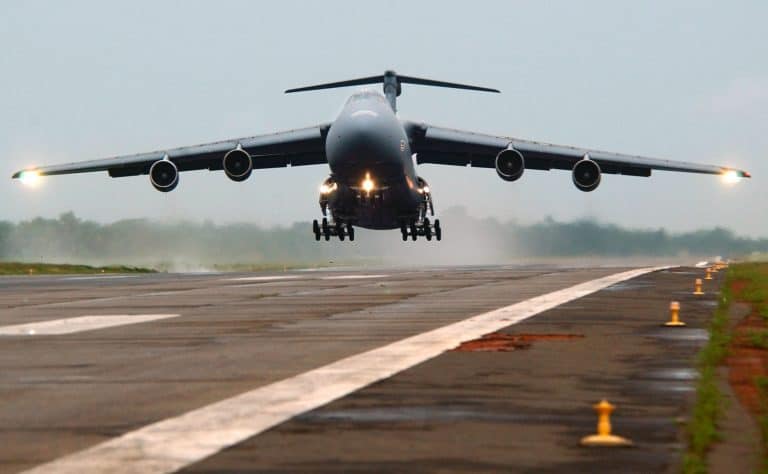In the early days of that helped launch our space program, “Rocket Girls” served as human computers.
If you’re searching for a last-minute Mother’s Day gift (if so, shame on you) and the lady in your life likes to read about trail blazing women, there’s a great book available.
Rise of the Rocket Girls: The Women Who Propelled Us, from Missiles to the Moon to Mars tells the story that few people know about. While the machines that have helped the United States lead the way in exploration are called “man-made” there was a group of women who in the early days were human computers.
During World War II, the Jet Propulsion Laboratory in Pasadena, Calif., was ground zero for research into the rocket power that would eventually help the American space program break the bonds of earth. What eventually became NASA was staffed by a number of women whose “beautiful minds” could crunch numbers. In those days, making calculations of speed, direction and power had to be done by hand.
In the words of Macie Roberts, one of the women working the problems with bulky calculators, pencils and graph paper, the criteria was: “look like a girl, act like a lady, think like a man and work like a dog.”
Author Nathalia Holt spent hours trying to track down the women who worked at JPL in the early days. While Holt says that “something magical happened there” it wasn’t without familiar challenges.
“There (are stories of) sexual harassment in the book—aeronautical engineering is a very male-dominated field, even today— but this was a strong group of women with a woman supervisor,” Holt said. “I think they did a remarkable job looking out for each other. And the men at the lab came to accept them as colleagues. Some male engineers even brought them onto studies and included them as co-authors on publications. At the time that was not common at all, and it really changed their career options.
“Most of the women I talked to felt very strongly about the role of mentoring the next generation.”
Even when the computers became more sophisticated to help with the calculations, women continued to have a tremendous behind-the-scenes impact on the space program. This book helps shed some light on their contributions.
“In a time before the digital devices that we’re used to today, it was humans that were doing the calculations,” Holt said. “And so you needed these teams of people — many of whom were women, especially during World War II — and they were responsible for the math.
“There is hardly a mission that you can find in NASA that these women haven’t touched.”

